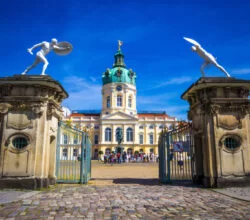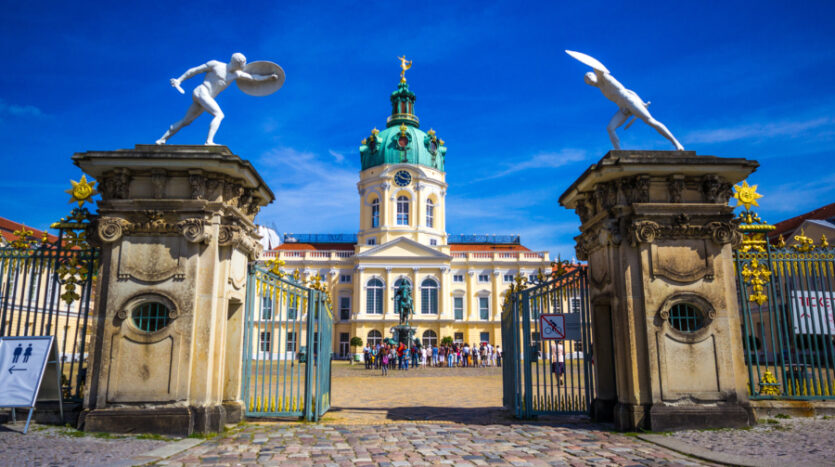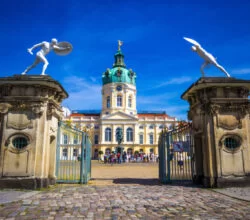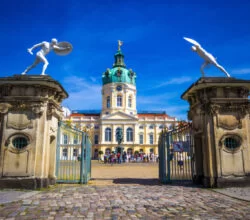Charlottenburg – Wilmersdorf

For quite some time after the fall of the Berlin Wall. City West largely retained the look of the old West Berlin in Charlottenburg Wilmersdorf. Over the last few years, however, a completely new City West has gradually emerged and taken shape. Kurfürstendamm, for example, now appears rejuvenated with several newly designed structures. The area between the Kaiser Wilhelm Memorial Church and the Bahnhof Zoo railway station has undergone considerable development over several stages. The listed buildings from the 1950s in the vicinity of the Bikini. Berlin building have not only been completely refurbished but also reinterpreted to a certain extent. At the same time, prominently located new buildings, including high-rises, serve as symbols of continued and unbroken self- confidence. And the rich tradition of sophisticated urbanity that is the hallmark of the western part of the capital.
The transformation of City West is not yet complete, however, and – in typical Berlin fashion – likely never will be. Huthmacher- Haus, for example, is another iconic building from the postwar period that is set to undergo a complete refurbishing. There’s not much space for new construction in the district. Which is why modernization of existing buildings plays an important role here.
Charlottenburg Wilmersdorf
“The large housing estates that dominate the northern part of Charlottenburg stand in the Shopping, culture and business are concentrated at the eastern edge of the district, while the residential areas extend out towards the north, south and west, whereby these areas are very different from one another in terms of their appearance and atmosphere. On the one hand, there are the upscale and solid middle-class neighborhoods around Lietzensee lake and its park. Where development was already focused on residential buildings with a more upper- class flair even before the First World War.
Other neighborhoods with lakes can be found as you move towards Grunewald – with higher prices due to the advantages offered by natural surroundings in areas that are nevertheless quite close to City West and the rest of Berlin. Wilmersdorf, which is located south of Kurfürstendamm, is also popular now, as it offers a much more urban flair with a range of trendy restaurants and bars. Nevertheless, the high prices in Charlottenburg- Wilmersdorf prevent the district from being considered a trendy location in the capital. Shadow, so to speak, of the upscale neighborhoods to the south.
In case you are interested in investing in Dubai real estate, then feel free to connect with Dubai real estate professionals. For more details, visit our website!



